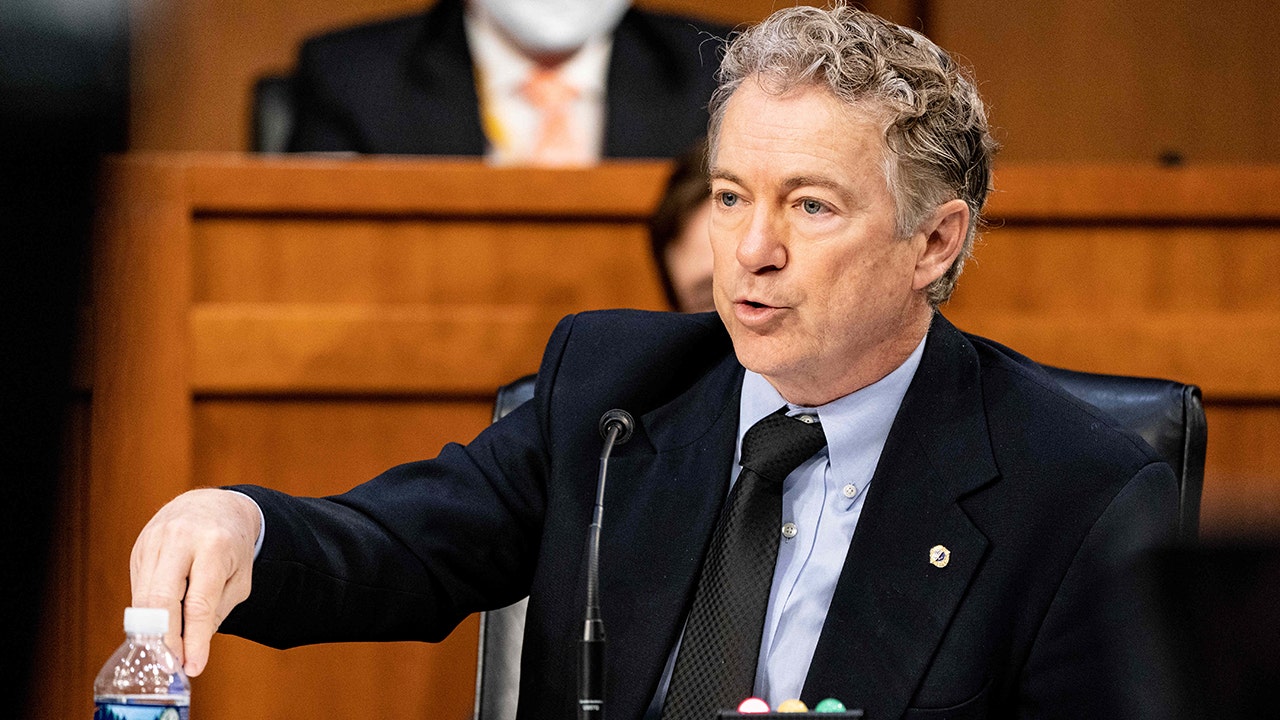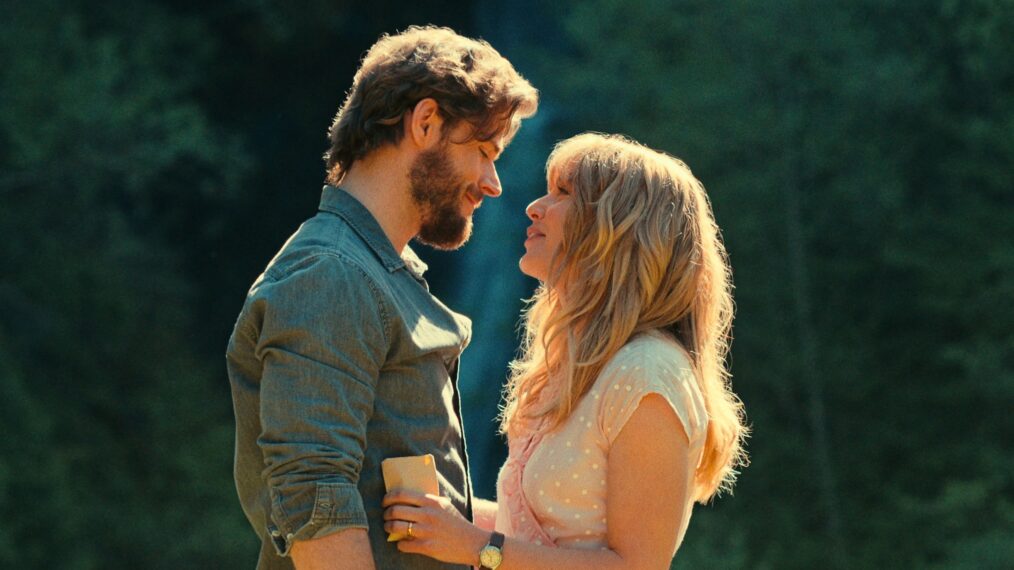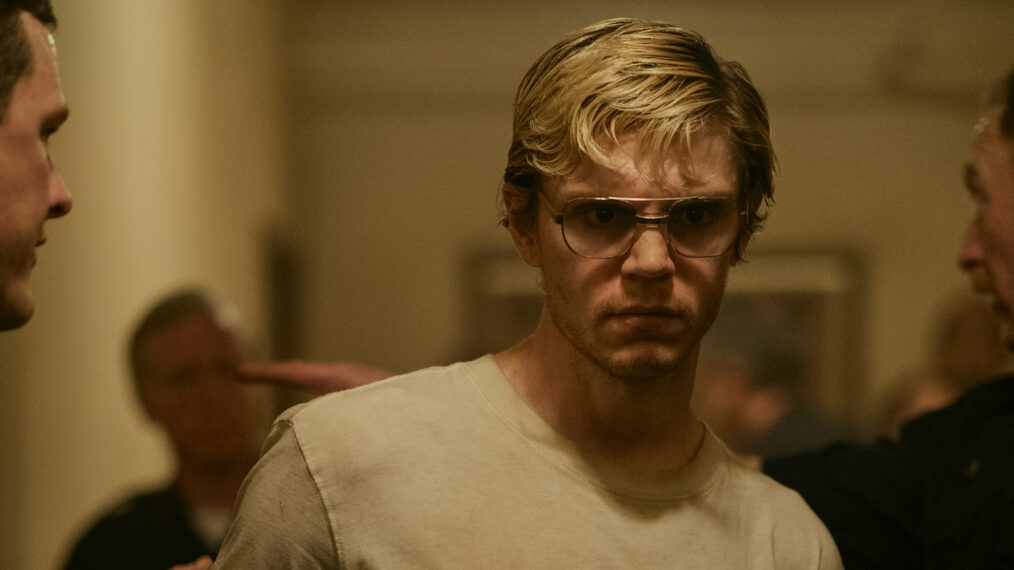It’s been a long time coming, but anime veteran Masayuki Yoshihara finally helmed his first feature-length film with the 2023 release Komada — A Whisky Family.
Yoshihara is best known for his anime projects on television, with credits including Ghost in the Shell: Stand Alone Complex, Eden of the East and Dragon Ball Z. In 2013, he helmed the well-received anime series The Eccentric Family for P.A. Works, based on the popular novel by Tomihiko Morimi. The Kyoto-set fantasy series ran for two seasons (25 episodes in total) and firmly established Yoshihara as a television director, the next step was to helm a fully-fledged anime movie.
The opportunity to direct a feature would come with Komada, which screened this week at the Tokyo International Film Festival and was also part of the competition selection at Annecy Festival, and the Anima’t section at Sitges Festival this year.
Set in the world of Japanese craft whisky production, and unusually for an anime, based on an original idea, Komada tells the story of Rui, an aspiring artist who takes over the family distillery after the death of her father. The distillery is in a dire financial state following damage from an earthquake and interfamily disagreements on whether to stay independent or sell out to a rival distillery. Meanwhile, a young and seemingly lost journalist, Kotaro, is assigned to write stories about Rui’s attempts to save her family’s distillery and to relaunch Koma, the lost whisky that made the company’s name.
Komada is the latest project in a loose series P.A. Works has dubbed “the working series,” that is, film and TV projects featuring young people trying to navigate more traditional work environments. The other projects in the series include 2011’s Hanasaku Iroha: Blossoms for Tomorrow, which is set in a hot-spring inn; 2014’s Shirobako, set inside an anime studio; 2017’s Sakura Quest, a tourism-set feature; and 2021’s The Aquatope on White Sand, which takes place in an aquarium.
During the Tokyo Film Festival, Yoshihara, speaking via a translator, opened up to The Hollywood Reporter about directing his first feature, why whisky became the theme, the (welcome) research they undertook for the film, and he offers his take on the challenges facing the anime industry.
Komada — A Whisky Family is your feature directorial debut, was it a challenge to do a feature-length film because it’s something you haven’t done before?
With a feature film, it’s longer, so when I was editing, some new ideas would come up, so it was a little hard to, you know, sort out everything. I have the knowledge and experiences from [working so long in the industry] and not just in terms of technique. I can put my passion into this project. As a director, I need to take a balanced [approach] for the whole project. I need to see the conditions [we’re working with] and also navigate the team, so that was a little bit difficult.
Regarding the animation in Komada, some of the elements were incredible, particularly the scenes with whisky being poured into glasses. Was that difficult to do?
Like you said, pouring liquid into a glass, well that’s really hard to do in animation. We can do those types of scenes by hand drawing them, but even with masterful use of hand drawing you would still feel like you’ve seen it before. For this movie, I wanted to go one level beyond, so for those liquid scenes, we used 3D as a basis.

‘Komada — A Whisky Family’
Courtesy of the Tokyo International Film Festival
Komada is an original story, right? Does that give you more freedom to do what you want? Is there less pressure on the creative process with an original story? Or is there more pressure given you don’t have the IP to rely on to draw fans in?
I would say there’s a lot of pressure on my shoulders! First, I asked myself what did I want to make, and nothing really came into my mind. But for a long time, I’ve worked with and alongside young, aspirational people, and I wanted to put their feelings [and hopes and dreams] into this film. I wanted to show the before and after story of a group of young people, and the framework and story came afterward.
So Komada is part of P.A. Works’ “working series.” What’s the idea behind that?
The president of the company, [Kenji Horikawa], he planned this project that has now become a series. Komada wasn’t planned to be a part of the series, but during production, we realized it could be a good match for the theme [which is workplace dramas]. P.A. Works has a lot of projects that feature young people and their struggles with dealing with life. I also wanted to show the struggle that youth face, so I’m not surprised it matched the “working series” theme.

‘Komada — A Whisky Family’
Courtesy of the Tokyo International Film Festival
What made you set the story in the world of whisky production?
One of the reasons that we chose whisky, is that in the whisky industry, it takes three years to mature the product before you get a tangible result. Sometimes they have to wait 10 years for the result. It’s a good way to depict the young people’s struggle [with time] and being patient.
Are you a whisky fan? How much outside help did you have with detailed whisky information in the film?
Actually, just near our company’s office, there is a whisky distillery [Wakatsuru Shuzo]. We always had a lot of outside help with the project.
Did you do a lot of research, in terms of drinking whisky?
(Laughs) Yes!
Is the theme of whisky also a good way of reaching a broader audience?
It’s interesting that there are a lot of whisky fans in Japan, and when they are fans of whisky, they are a little, I don’t know if it’s the right word in English, but they are like maniacs. Somewhat similar to those who like animation, the same level of passion.
Shifting topics a little, there’s been a huge boom in the Japanese animation industry recently, with lots of investment from the likes of Netflix and others. Has the working conditions for animators in Japan improved?
I would say there hasn’t been a big change, in terms of the animator’s position. But one big thing that I feel that these days is the shortage of animators is the problem. That situation has led to the quality of the output dropping.
How do they fix the shortage of animators issue?
Before in the Japanese animation world, we trained staff who applied to us, and that was why the quality was good. But now that we’re facing a shortage of people, we are having to go out to get people through social media, trying to find people who are interested. For those who want to join the industry, there are more opportunities. Before, if you wanted to join this industry, you had to find the door, now there are doors everywhere! The production side is always looking for more talent, so for sure there are more chances.




















































![[PHOTOS] Buffy the Vampire Slayer: Best Episodes Ranked [PHOTOS] Buffy the Vampire Slayer: Best Episodes Ranked](https://tvline.com/wp-content/uploads/2023/04/buffy-the-wish-1.png?w=300)


